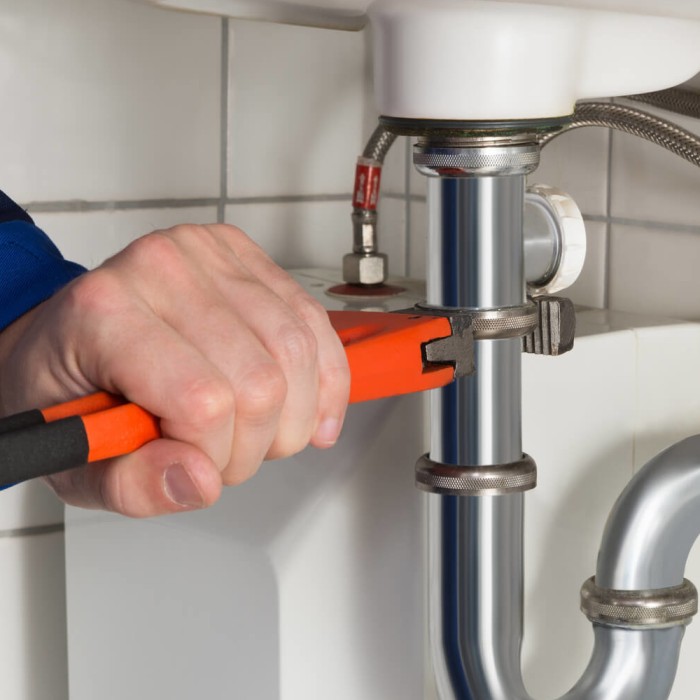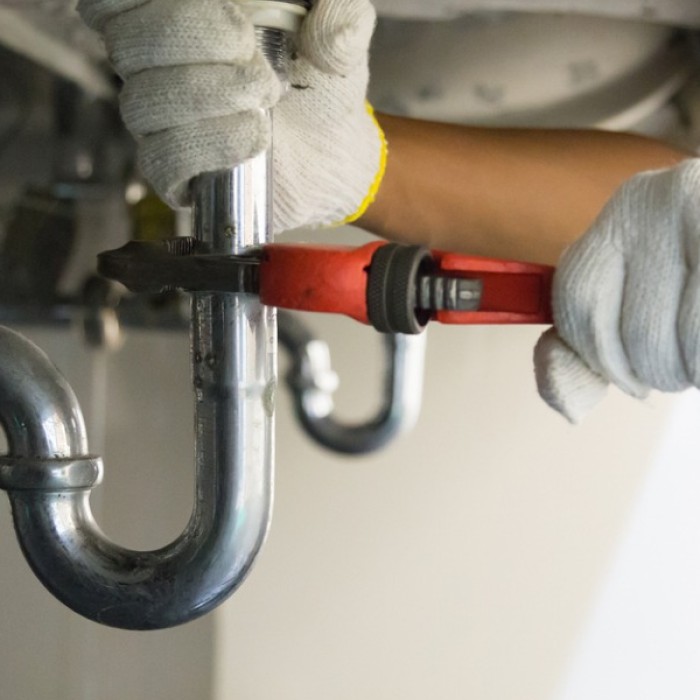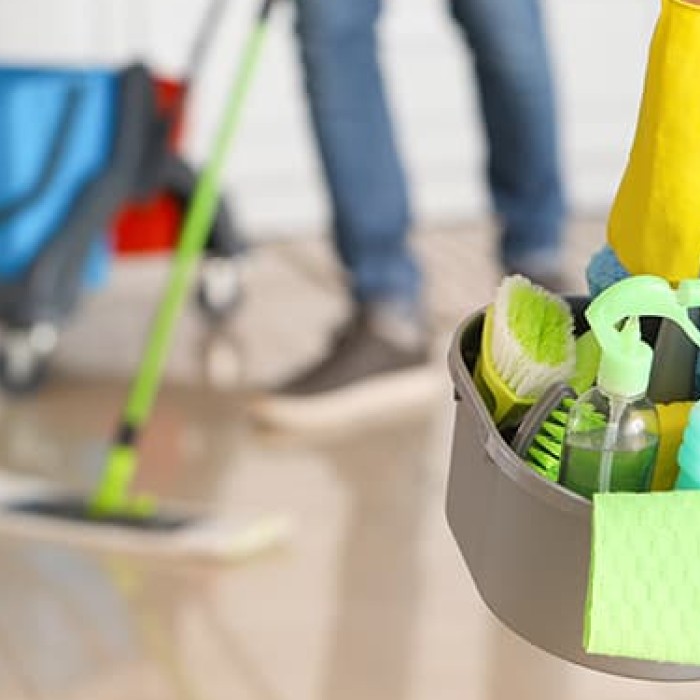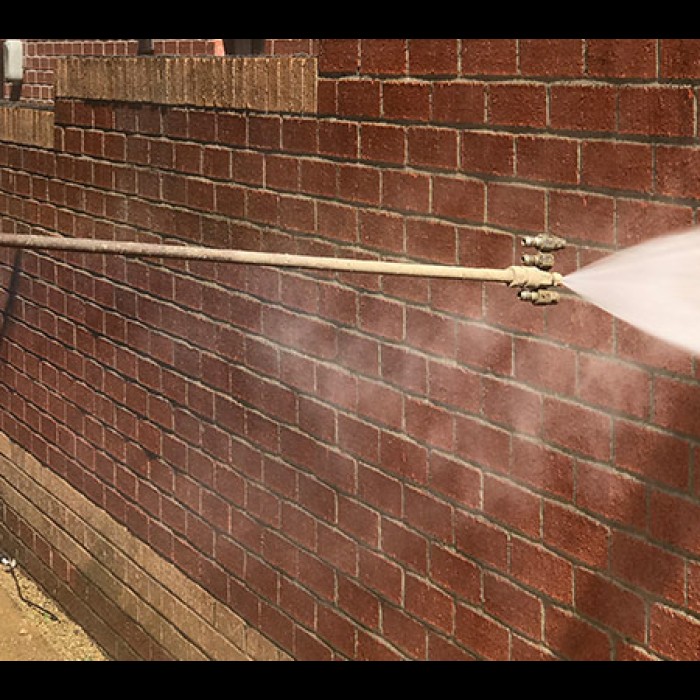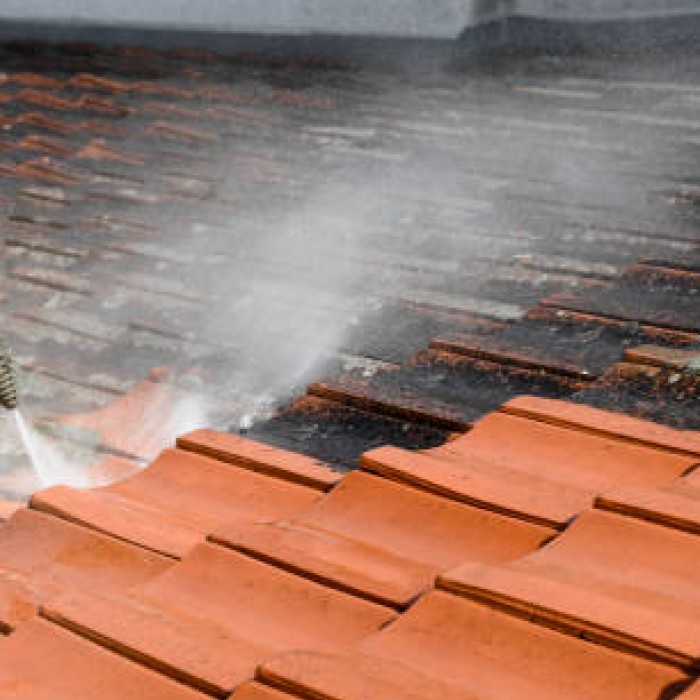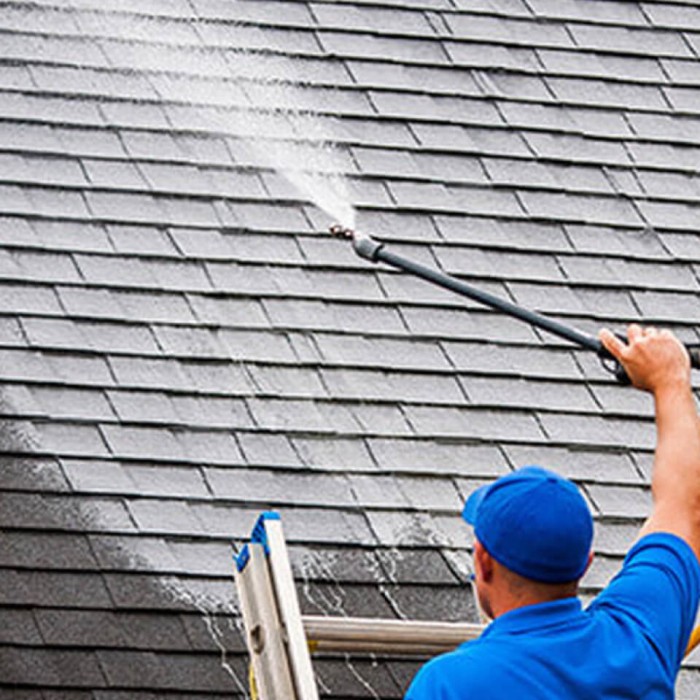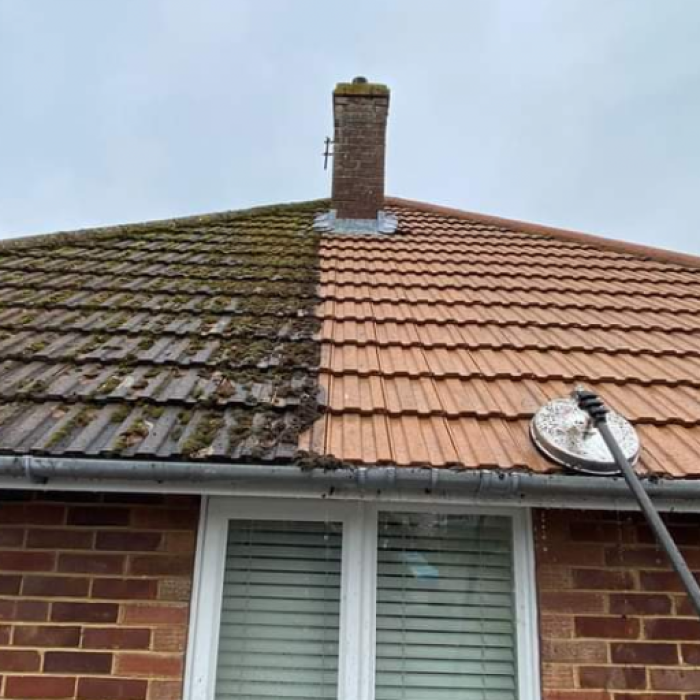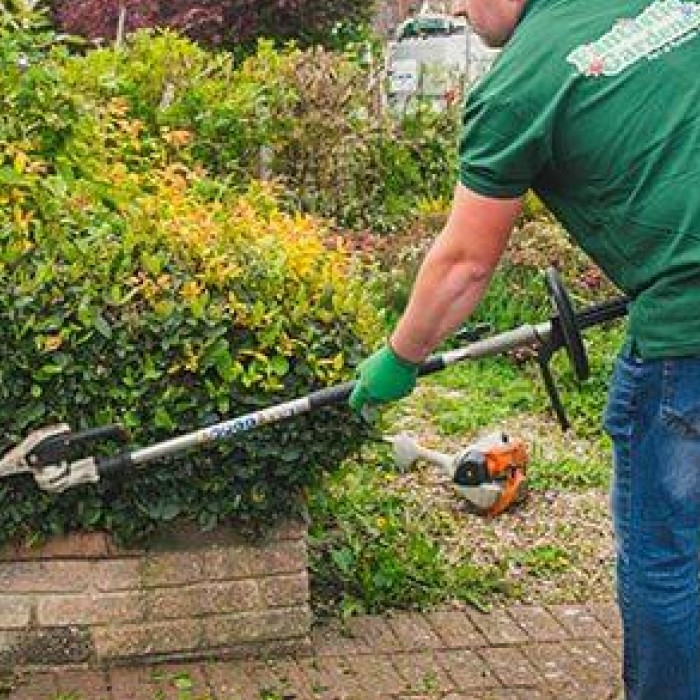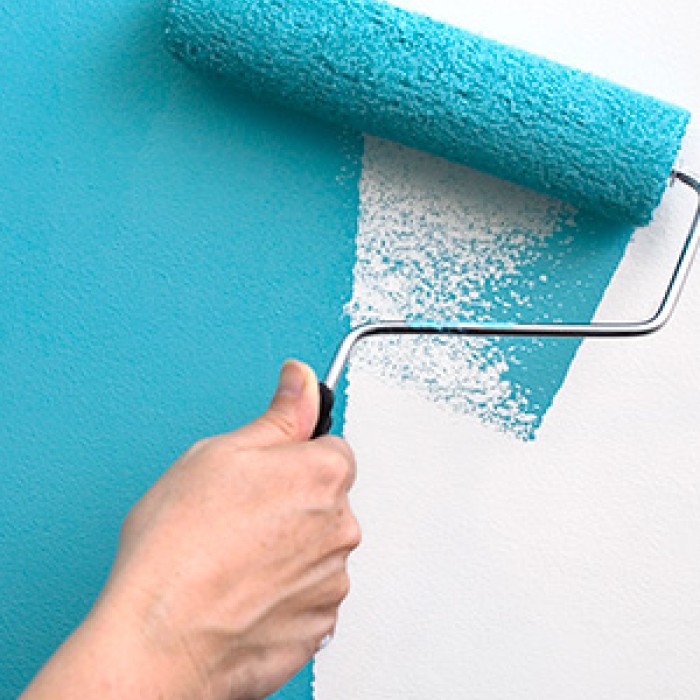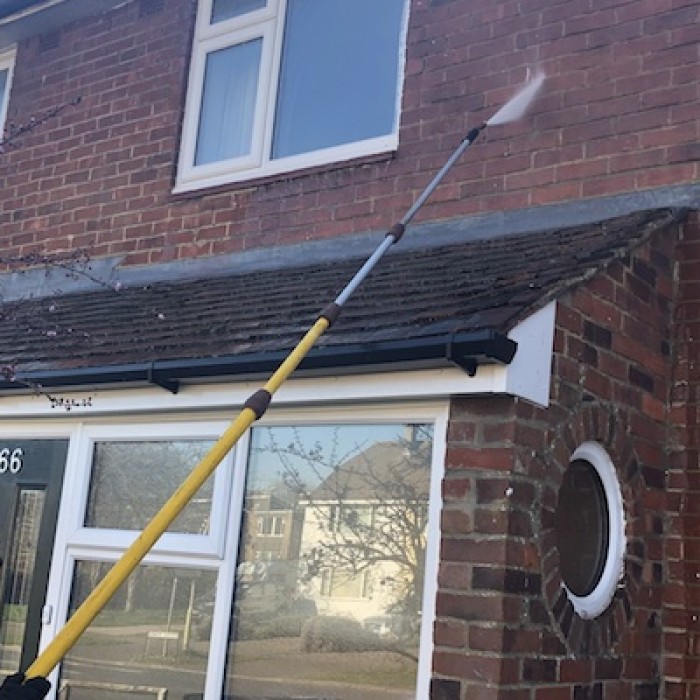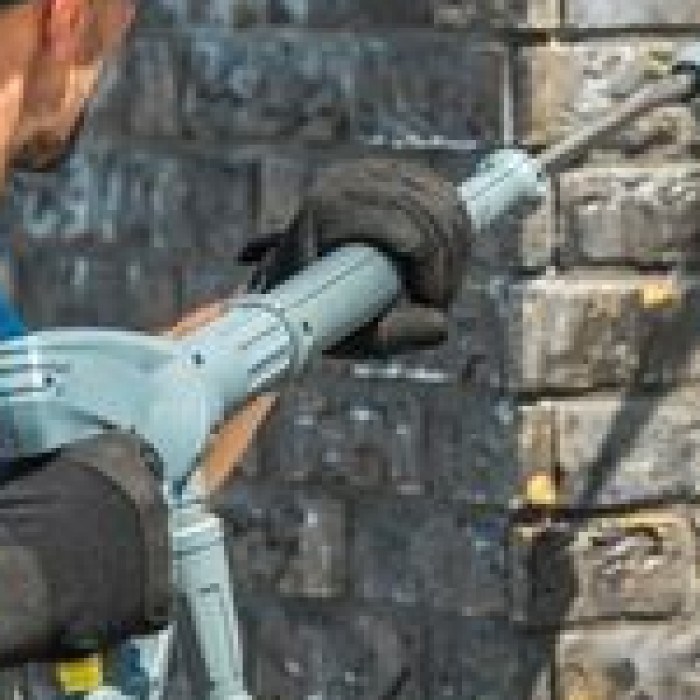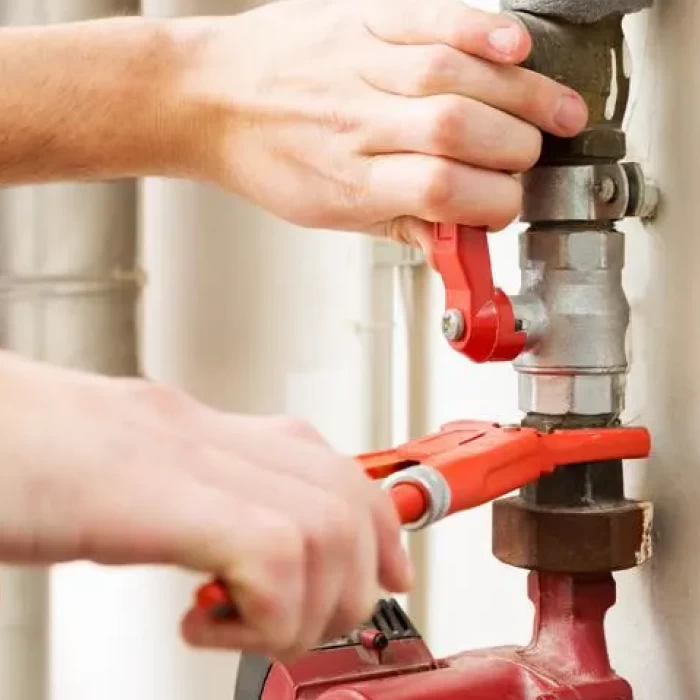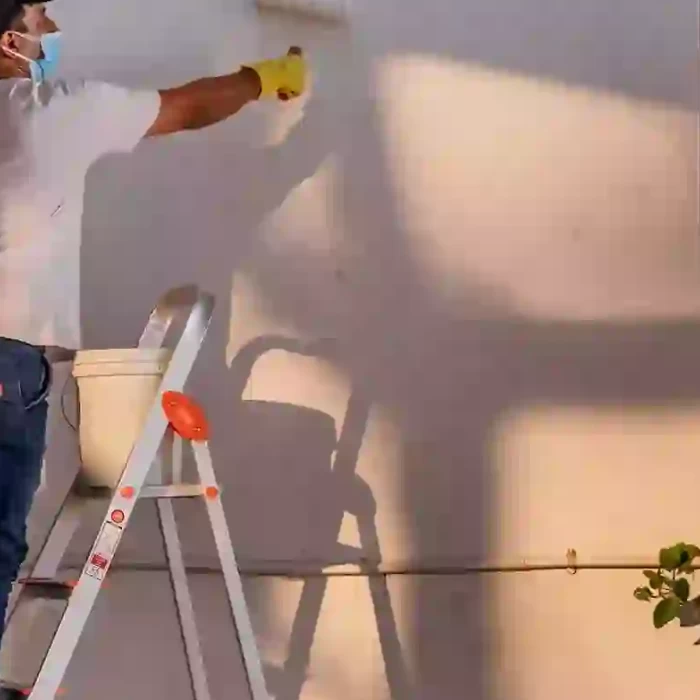Roof Cleaning Tips for the Winter
Roof Cleaning Tips for the Winter
Roof cleaning can be a challenging task, requiring expertise and the right equipment to ensure a thorough and safe process. Oftentimes the roof is neglected, causing aesthetic or structural problems, the latter of which is inevitable if the roof is not tended to for a long time. Roof damage can also happen suddenly, especially in places that are more frequent to storms and coastal regions if the roof has structural problems. To further complicate the process, different types or shapes of roofs are more vulnerable than others to such damage.
To tackle these challenges effectively, it is essential to rely on experienced professionals or equip oneself with the necessary knowledge and tools. Expertise in roof cleaning involves understanding the specific requirements of different roof types, such as tiled roofs, metal roofs, or shingle roofs. In this blog, we will specifically look at challenges that happen during winters of Australia, and how to tackle them effectively no matter where you may live in the island country. We will go over both structural & aesthetic changes.
Is roof cleaning in the winter easy?
Winter in Australia combines strong winds, sporadic rainfall, and cold temperatures of down to 7°C in the southernmost parts of the country due to latitude. This increases the potential accumulation of dirt and debris posing a difficult set of obstacles for homeowners seeking to maintain their roof integrity. This is especially more pronounced if one lives in the more southern parts of Australia where the winter is harsher or the roof is already weak, which sometimes it is due to negligent caretaking of homeowners. DIY-ing the roof cleaning process especially in winter is not recommended. However, with the help of professionals who use the right techniques and tools, roof cleaning can easily be done in the winter.
How to clean roofs in the Australian winter
Following are some tips when you plan to clean your roofs in the winter.
Prune nearby trees
One crucial step is to prune nearby trees, as overhanging branches can pose a significant risk to your roof's integrity. By trimming these branches, you not only eliminate the potential danger of falling limbs, but you also prevent leaves and debris from accumulating on the roof. To properly prune trees, it's best to consult with a professional who can expertly trim the branches without causing harm to the tree over your roof.
Clean roof gutters
Another important aspect of winter roof maintenance is cleaning roof gutters. Winter weather brings with it a unique set of challenges for gutters. Blockages caused by fallen leaves and debris can prevent proper drainage, leading to water accumulation and potential roof leaks. Additionally, the weight of accumulated debris, combined with snow and ice, can put excessive strain on the gutters, causing them to break or detach from the roof. Regularly cleaning the gutters and ensuring they are clear of any obstructions is crucial to prevent such issues.
Identify and replace weak roofs
Identifying and replacing weak roofs is a vital step in preparing for winter. Before the cold weather arrives, it's essential to inspect your roof for any signs of damage or weakness. Professionals employ various techniques to assess the condition of roof s, such as visual inspections, moisture detection, and thermal imaging. Once any weaknesses are identified, it's crucial to promptly replace damaged shingles, repair leaks, or reinforce weak areas to ensure the roof can withstand the harsh winter conditions and protect your home effectively.
Repair wind damage
Winter winds, both normal gusts and severe storms, can cause significant damage to roofs. The force of these winds can lift shingles, loosen fasteners, or even tear off entire sections of the roof. Additionally, reinforcing vulnerable areas such as roof edges, corners, and ridge lines can provide extra protection. Seeking professional assistance in assessing wind damage and making the necessary repairs is often the best course of action, as it is often hard to assess wind damage.
Try protective coating
One effective way to protect your roof from winter damage is by applying protective coatings. These coatings act as a barrier against harsh weather elements, preventing moisture penetration and reducing the risk of leaks. Two common types of coatings are elastomeric coatings and silicone coatings. Elastomeric coatings provide flexibility and durability, allowing them to expand and contract with temperature changes, while silicone coatings offer excellent resistance to UV rays and extreme weather conditions. Applying a protective coating to your roof can significantly enhance its longevity and resistance to winter-related issues.
Conclusion
As you can see, maintaining a clean and well-maintained roof during the Australian winter is essential for its longevity and protection. Strong winds can bring dirt and debris that accumulate over time, tarnishing the appearance of your roof. Furthermore, loose shingles or tiles caused by gusty winds in tandem with the harsh cold weather conditions for months can lead to leaks and further damage. Regular inspections, prompt repairs, and securing loose items are crucial steps to safeguarding your roof. If you find yourself in need of professional assistance, consider reaching out to WorldWideServices, a trusted company providing top-notch roof cleaning services. Don't let the winter take a toll on your roof; take proactive measures to keep it in optimal condition.


